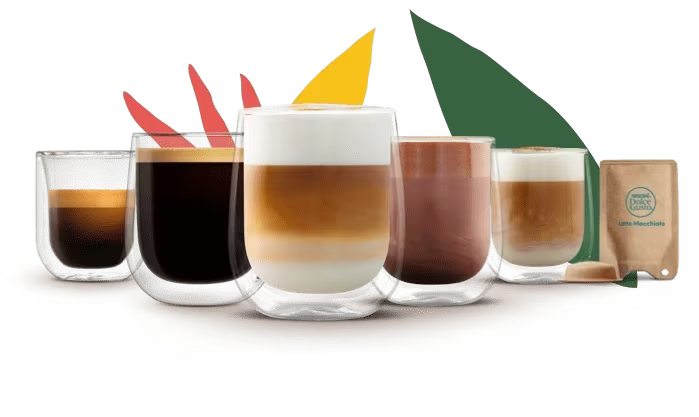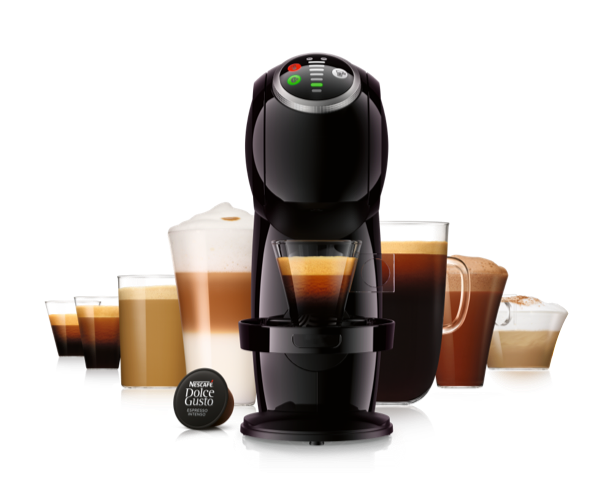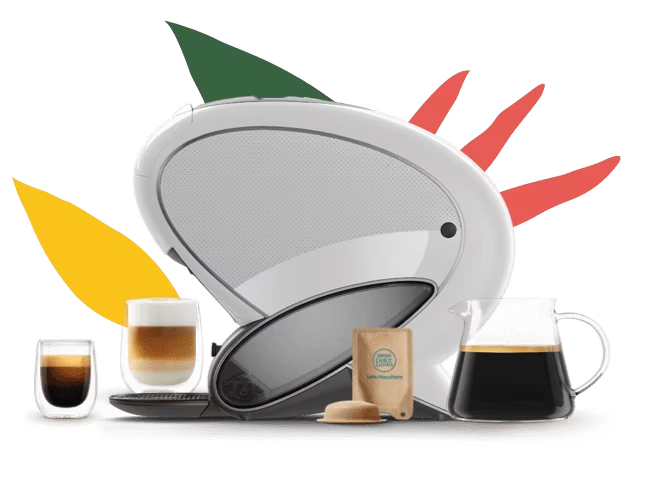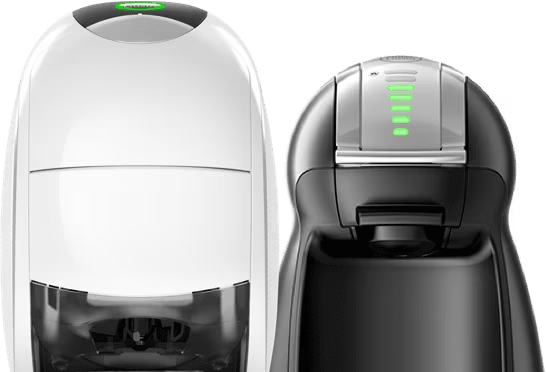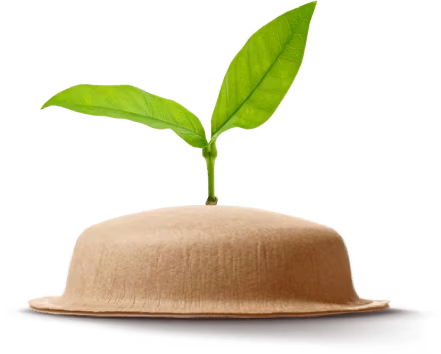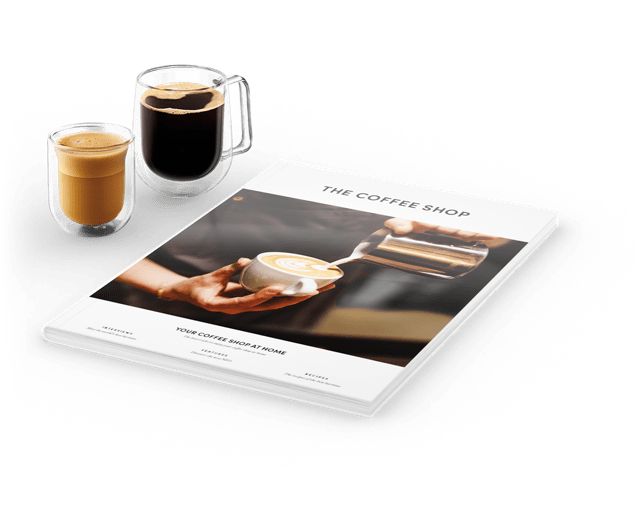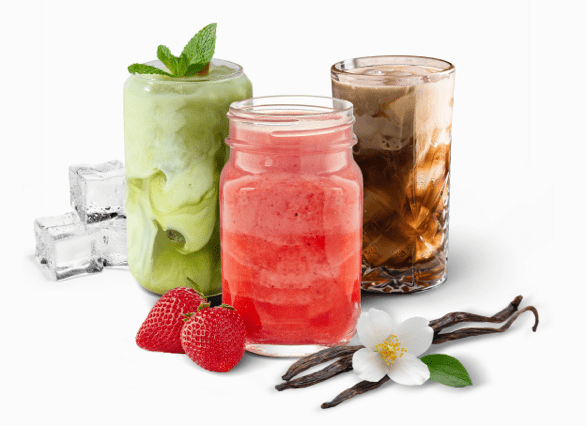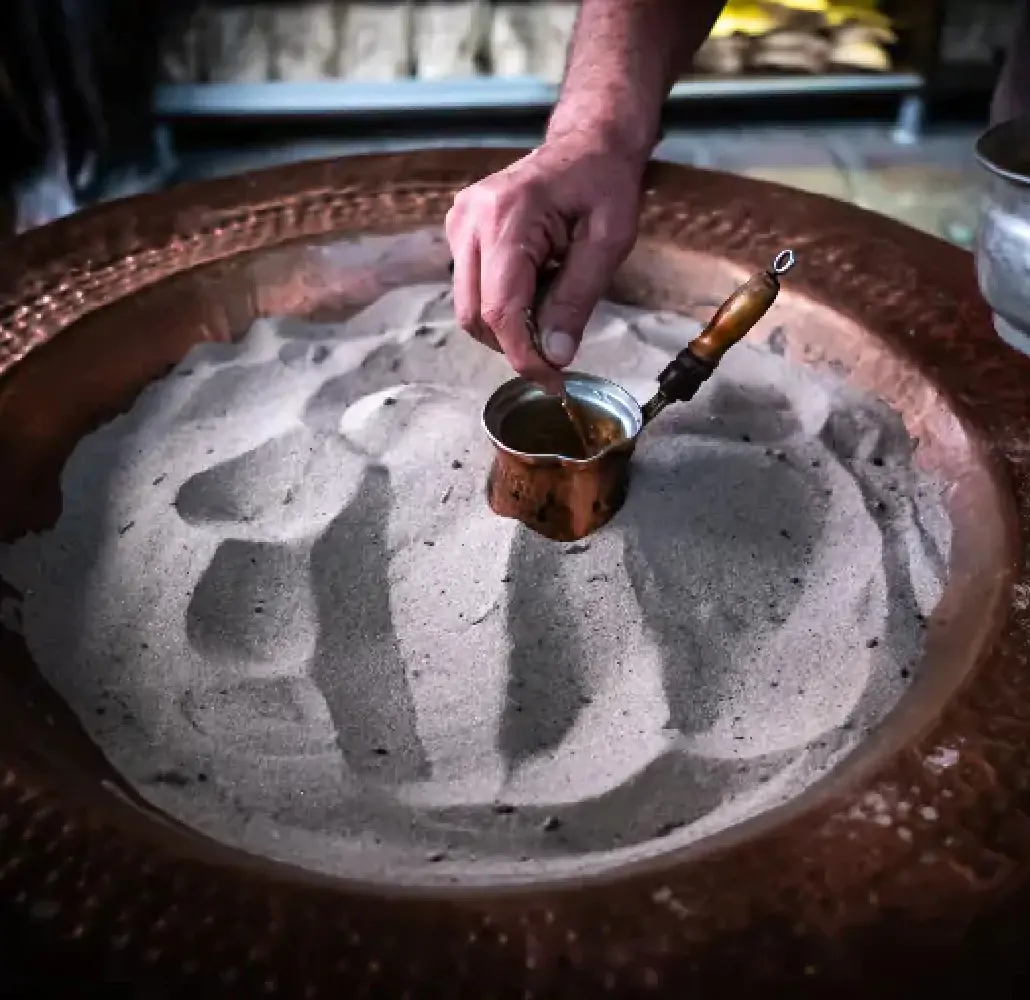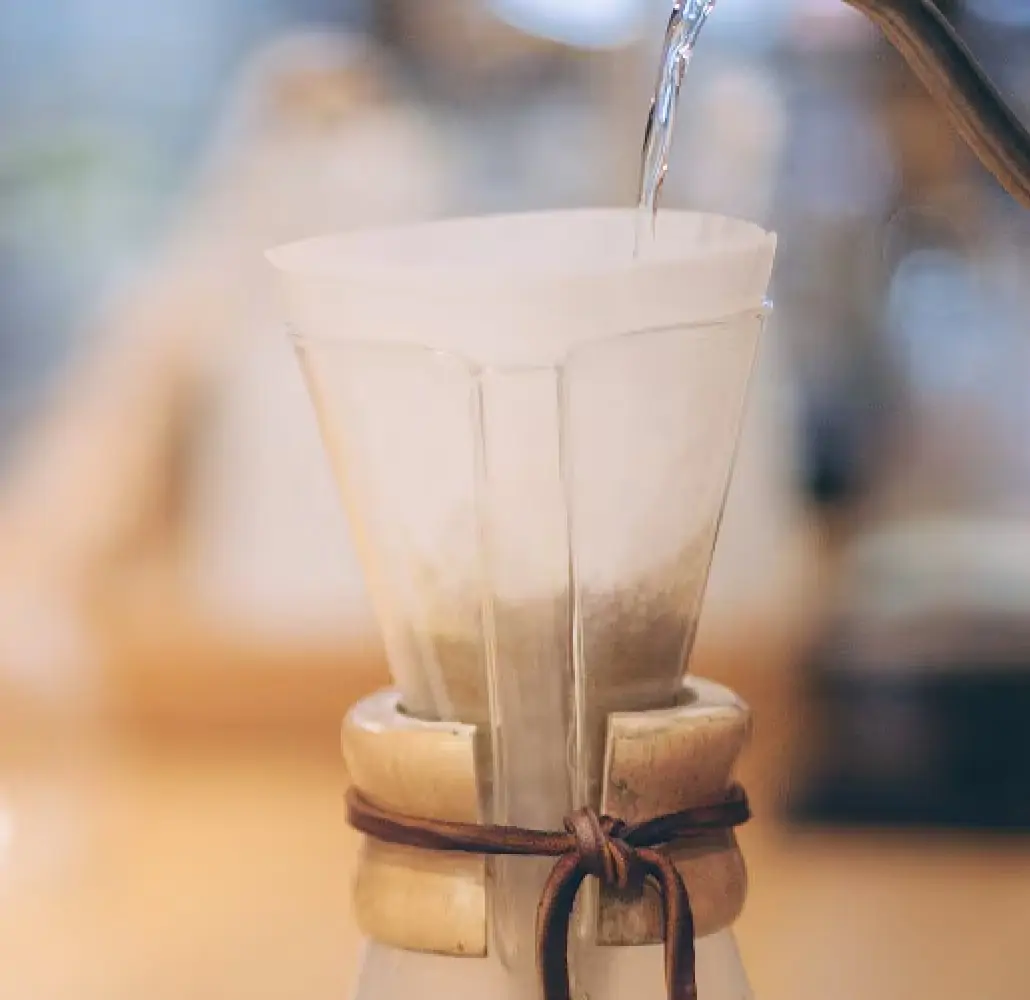15-16th Century – The Middle East
It’s hard to pinpoint when drinking coffee began, but coffee drinking is an ancient practice and many Ethiopians would’ve known about this amazing drink for centuries. Word about it moved East and ended up in the Arab Peninsula.As trade in North East Africa developed, the coffee bean began its travels up through the Middle East, where the history of coffee as a trade began. Between the 15th and 16th centuries, coffee bean growing spread from Yemen all the way to Turkey. Coffee also became a social activity by this time and coffee houses, called Qahveh Khaneh, in places like Istanbul became very popular. Coffee houses became places for socialising and sharing ideas and this new, invigorating drink was at the heart of it.






































































